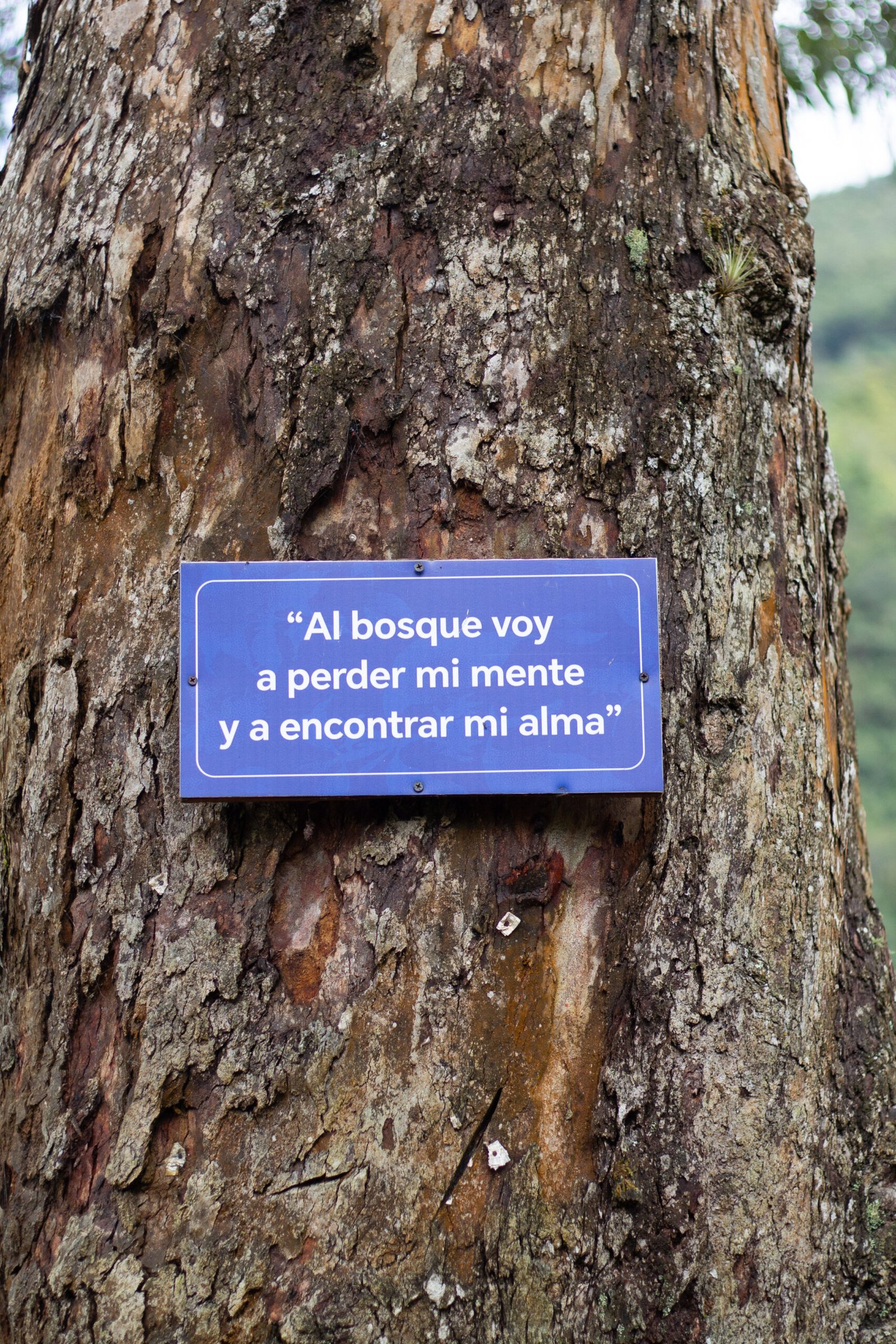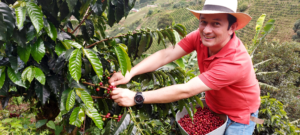When it comes to coffee, it is often assumed that one is an “expert,” but in reality, neither the intermediary nor the end consumer usually understands the investment, processes, timing, logistics, value chain, among other aspects, involved in enjoying a special cup of coffee each morning. Very few can speak to its origin, let alone who the producer was.
Coffee farms are typically family businesses passed down through generations. In most coffee-producing countries, farms are divided into small plots in inheritances as a way of distributing them among family members, which has led to a gradual decrease in plot sizes over time. Of the 12.5 million coffee farms that existed until 2018, it is estimated that small-scale farmers account for up to 80% of global production, with large estates making up the remainder

Globally, 94.5% of coffee farms have an area of less than 5 hectares, and around 84% of all farms have an area of less than 2 hectares. These farms would be considered small-scale producers in any country. Enveritas estimates that the contribution of small-scale producers with less than 5 hectares to global production is as high as 67%. Approximately 4.6% of all farms cover 5 to 20 hectares, and only 0.9% of all coffee plantations have an area of more than 20 hectares. Coffee plantations with an area of more than 20 hectares are considered “large” in all countries, except Brazil. Coffee plantations with an area of more than 50 hectares are more common in Central and South America, such as Colombia.
At Cafelumbus, we are both producers and source from other regions, so we understand the challenges faced by most coffee growers in the country.
These include international coffee prices, market access, productivity, the cost of skilled labor, feeding workers, inputs, geographical location, historical regional conflicts, topography, microclimate, road infrastructure, among others. Many of these factors generate unforeseen circumstances that rarely occur in first-world countries and result in immediate cost increases reflected in offered coffee prices
Our partners in 11 regions of the country have adapted to the changes in the coffee industry to remain competitive and increase their incomes. However, over 60% of producers continue with traditional coffee farming methods. With our agronomists, quality professionals, and laboratory, we work to train, coach, and guide coffee growers towards sustainable, specialty-focused production.
This is a challenge we began 100 years ago, and even today, we see the success of teamwork!




